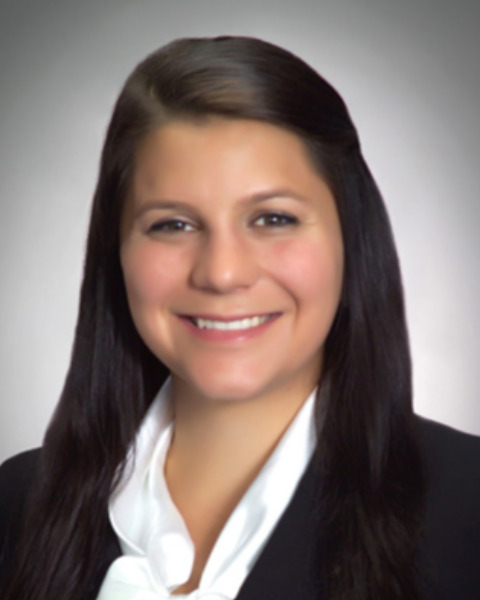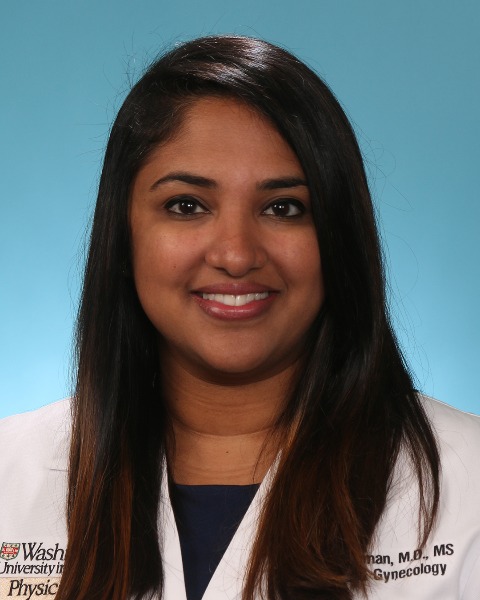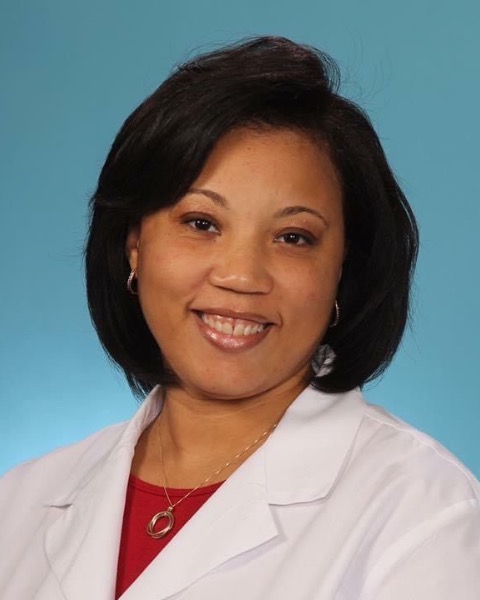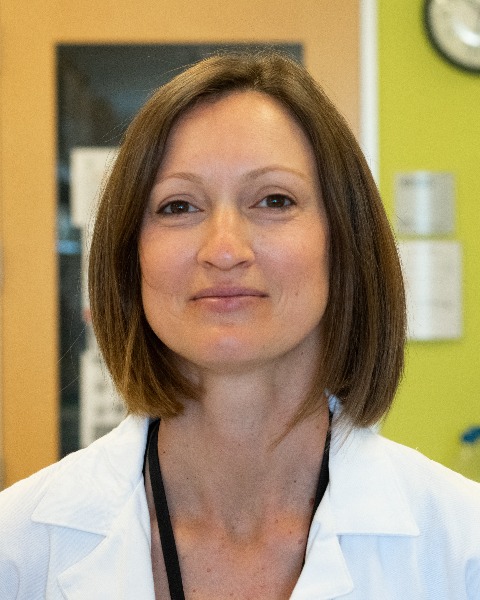Category: Operative Obstetrics
Poster Session I
(172) Subcutaneous tissue depth during cesarean delivery and neonatal outcomes among women with obesity
While body mass index (BMI, kg/m2) is used to define obesity, it does not reflect distribution of adiposity. Abdominal subcutaneous tissue depth (SCD) has been shown to be an independent predictor of adverse obstetric outcomes. Our objective was to evaluate the association between SCD and incision-to-delivery time and neonatal outcomes among women with obesity undergoing cesarean delivery (CD) during labor.
Study Design:
This is a secondary analysis of a randomized control trial of preoperative vaginal preparation among women undergoing CD during labor. Women with BMI > 30 were included and stratified into 3 groups based on SCD measured intraoperatively: < 2cm, 2-3cm, and > 3cm. The primary outcome was incision-to-delivery time. Secondary outcomes were APGAR < 7 at 5 minutes of life, UA pH < 7.1, and NICU admission. Differences in these outcomes were compared between the three groups. Multivariable regression analysis was used to adjust for CD indication and BMI.
Results:
Among the 419 women with a BMI > 30, incision-to-delivery time was significantly longer for patients with SCD > 3cm (median 9 vs 7 min, p=0.02). Rate of incision-to-delivery interval > 10 minutes was also significantly higher among women with SCD > 3cm (aOR 2.05 [95%CI 1.22-3.45]). Rates of APGAR < 7 at 5 minutes were significantly higher for SCD 2-3cm (aOR 2.3 [95%CI 1.04-5.09]) and > 3cm (5.21 [95%CI 2.46-11.0]), compared to < 2cm. NICU admission was significantly more common for neonates of women with SCD > 3cm (aOR 2.66 [95%CI 1.42-4.97]) and women with SCD 2-3cm were more likely to have neonates with UA pH < 7.10 (aOR 2.15 [1.08-4.30]) compared to those with SCD < 2cm.
Conclusion:
Our data suggest that, among patients with obesity undergoing cesarean delivery during labor, SCD is associated with longer delivery times and increased risk of neonatal morbidity. SCD, known prior to entry into the abdomen for delivery, may be used to anticipate the need for neonatal support following delivery.

Drew M. Hensel, MD
Resident
Washington University
St. Louis, Missouri, United States- LT
Lorene Temming, MD, MSCI
Atrium Health Wake Forest School of Medicine
Charlotte, North Carolina, United States 
Rebecca R. Rimsza, MD (she/her/hers)
Fellow
Washington University School of Medicine
St. Louis, Missouri, United States
Nandini Raghuraman, MD,MSc (she/her/hers)
Assistant Professor
Barnes Jewish Hospital, Washington University in St Louis
St. Louis, Missouri, United States- JK
Jeannie C. Kelly, MD,FACOG,MS
Associate Professor
Washington University School of Medicine
St. Louis, Missouri, United States 
Ebony B. Carter, MD, MPH (she/her/hers)
Associate Professor, MFM; Chief, Division of Clinical Resarch
Washington University School of Medicine
St. Louis, Missouri, United States
Methodius G. Tuuli, MD, MPH, MBA
Chace-Joukowsky Professor and Chair
Women & Infants Hospital of Rhode Island, Warren Alpert Medical School of Brown University
East Greenwich, Rhode Island, United States.jpg)
Alison G. Cahill, MD, MSCI
Professor
University of Texas at Austin, Dell Medical School
Austin, Texas, United States
Antonina I. Frolova, MD,PhD (she/her/hers)
Assistant Professor
Washington University School of Medicine
St. Louis, Missouri, United States

.png)
